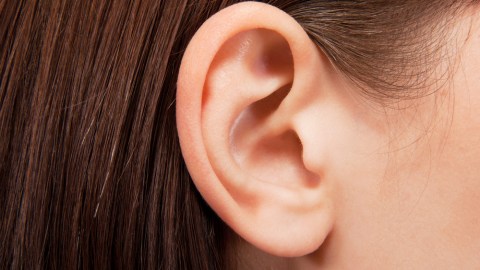3-D Printed Ear Detects Frequencies One Million Times Higher than Human Ear

What’s the Latest Development?
Biologists at Princeton University have used 3-D printing technology to create a bionic ear capable of detecting frequencies one million times higher than the normal range of hearing. To build the bionic organ, the printer was guided by a computer model of an ear into which the biologists had added an internal antenna coil connected to an external electrode. The printer used three principle “inks” to construct the ear: “a mix of bovine cartilage-forming cells suspended in a thick goo of hydrogel; a suspension of silver nanoparticles to form the coil and external cochlea-shaped electrodes; and silicone to encase the electronics.”
What’s the Big Idea?
The ear was chosen as a model organ because its curved form is difficult for traditional models of tissue engineering to imitate, and since it is made of cartilage, the burden of creating synthetic blood vessels is not an impediment to researchers. “Beyond enabling biological tissues to incorporate materials with exceptional properties, 3-D printing could address a tissue–engineering challenge: how to grow organs with blood vessels. ‘Vasculature networks have an incredibly complicated geometry,’ McAlpine says. Such a breakthrough would be key to printing organs that contain blood vessels, such as livers, kidneys, and hearts.”
Photo credit: Shutterstock.com
Read it at MIT Technology Review





